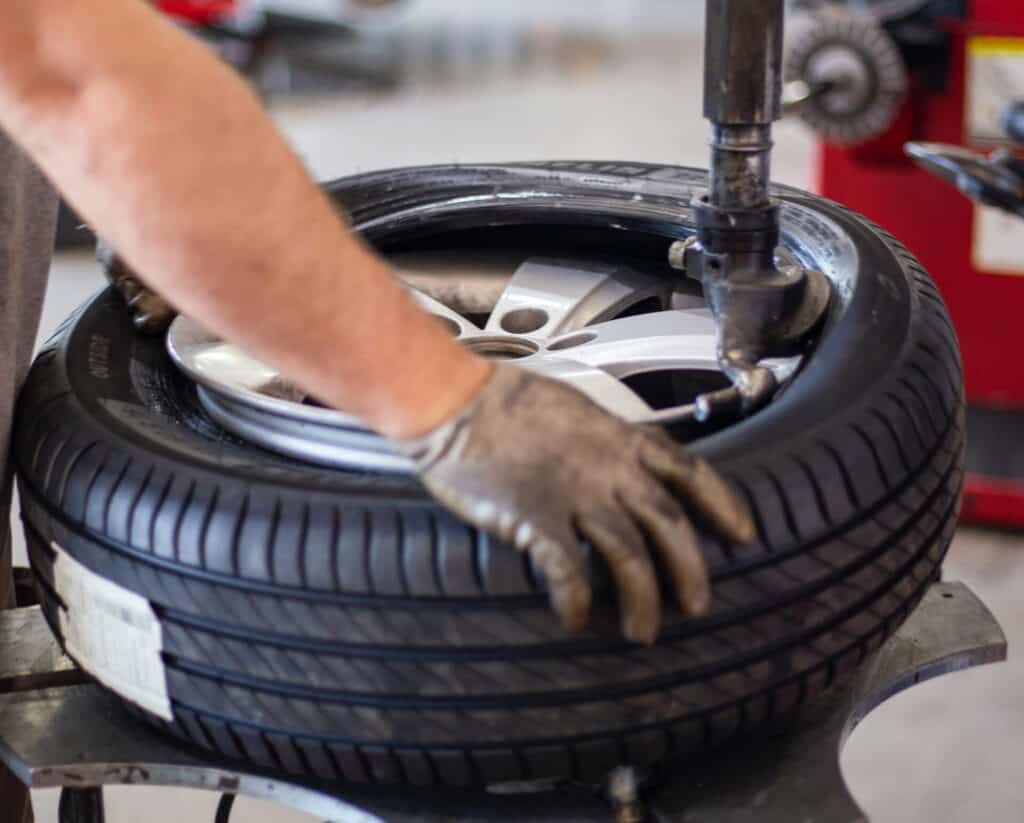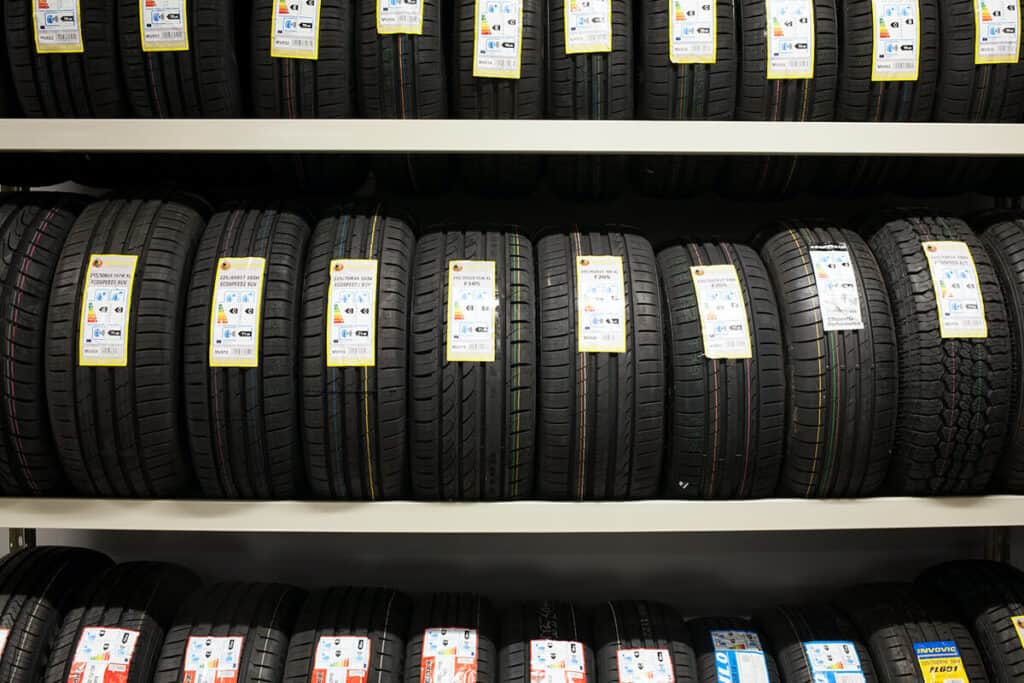Are you one of the countless Canadians dreading the seasonal tire swap? Worry not, my friend! In this article, we’ll explore the optimal time to switch to summer tires and why it’s essential for your safety and wallet. So, buckle up and let’s get rolling!
Understanding Seasonal Tire Performance: The Differences Between Summer, All-Season, and Winter Tires
Before diving into the ideal time for the switch, let’s understand the differences between summer, all-season, and winter tires. Summer tires boast superior traction and handling on wet and dry roads, while winter tires feature unique tread patterns that excel on snowy and icy surfaces. All-season tires try to bridge the gap but may not be as effective in extreme conditions.

Temperature Thresholds: Identifying the Ideal Time to Make the Switch
In Canada, the ideal time to switch to summer tires is when the temperature consistently stays above 7°C (45°F). A rule of thumb for Canadians is to wait for consistent temperatures above 7°C (45°F) for at least seven days before making the switch. This is because summer tires lose their grip as the temperature drops below this threshold, whereas winter tires start to lose their effectiveness as the temperature rises above it. For most regions in Canada, this change usually occurs between late April and early May, but it can vary depending on your location and the specific weather patterns of the year.
• Ontario, temperatures usually climb above 7°C consistently by late April.
• Montreal sees consistent 7°C+ days by mid-April.
• Vancouver, being milder, may reach this threshold by early March.
• Alberta, the magic number arrives by late April or early May.
• Quebec’s temperatures hover above 7°C consistently around mid-April.
• Saskatchewan hits this mark by late April or early May.
Assessing Road Conditions: Ensuring a Safe and Smooth Transition to Summer Tires
Ah, the sweet smell of spring – a sign that it’s time to bid farewell to winter tires. But wait! Before you rush to make the switch, take a moment to evaluate the road conditions in your area. Are the streets still plagued with slush, ice, or puddles large enough to be mistaken for small lakes? If so, hold your horses. While summer tires excel in warmer weather, they can be treacherous on slick surfaces. Patience, dear driver, is a virtue. Give Mother Nature a chance to work her magic and fully thaw the roads before embarking on your summer tire adventure. After all, safety always comes first, and ensuring the right tires are on your vehicle based on current road conditions will keep you, your passengers, and other drivers secure on your journey.
Tire Maintenance and Storage: Tips for Maximizing the Lifespan of Your Seasonal Tires
When it’s time to switch to summer tires, take the opportunity to examine your winter tires for any damage, uneven wear, or punctures. Address any issues before storing them away for the season. Inflate the tires to the recommended pressure and give them a good scrub to remove dirt, grime, and brake dust.
As for storage, choose a cool, dry, and dark location away from direct sunlight and sources of heat or ozone, such as furnaces and electrical equipment. Sunlight and heat can cause the rubber to degrade over time, reducing the tire’s lifespan. If possible, store your tires in airtight plastic bags or dedicated tire totes to protect them from the elements and maintain their shape.
When it comes to stacking, you have options. Stack them horizontally to distribute the weight evenly and prevent deformation. Alternatively, you can store them vertically on a tire rack or even hang them on dedicated hooks if they’re mounted on rims. By treating your off-season tires with care and consideration, you can maximize their lifespan and keep your car rolling smoothly, season after season.
The Impact on Fuel Efficiency and Handling: How Switching to Summer Tires Can Improve Your Driving Experience
Imagine gliding effortlessly on the open road, your car responding precisely to your every command, all while saving on fuel. Sounds too good to be true? Switching to summer tires can make that dream a reality. Thanks to their specialized rubber compounds and performance-oriented tread patterns, summer tires offer superior grip and handling, enabling your car to navigate corners with ease and come to a halt in shorter distances. These design features also contribute to reduced rolling resistance, which means your engine doesn’t have to work as hard, ultimately leading to improved fuel efficiency. So go ahead, make the switch to summer tires, and experience the perfect blend of performance and savings on your sun-soaked drives.

Mixing Tire Types: The Risks and Consequences of Combining All-Season and Summer Tires on Your Vehicle
Resist the temptation to mix and match tire types. Doing so can lead to uneven handling, reduced control, and potential accidents. Always use the same type of tire on all four wheels to ensure optimal safety and performance.
Conclusion
In conclusion, knowing when to switch to summer tires is crucial for Canadians. Keep an eye on temperature trends, road conditions, and proper tire maintenance to ensure a safe and enjoyable driving experience. Happy motoring!
